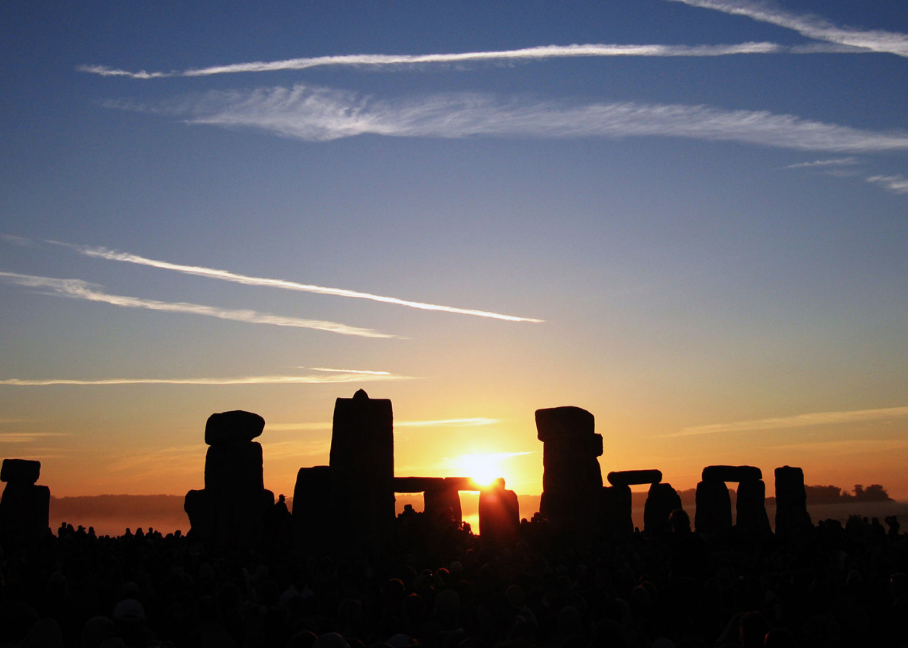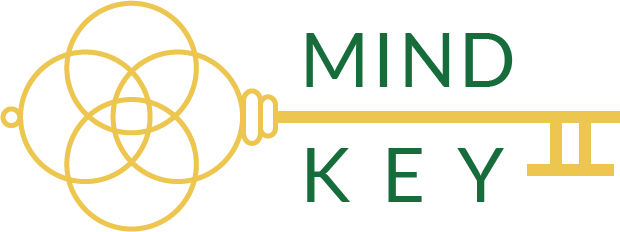
Celebrate winter solstice with ritual
by Cris McCullough, MA
We live at a delicate and dangerous time in history. We are threatened by the accelerating erosion of culture, a crisis of change brought on by our own lifestyles, values and technology. Now more than ever we need cultural forms that assist us in celebrating life in all its diversity, amidst suffering and the day-to-day grind. Historically, the celebration of the continuance of life around the Wheel of the Year served that purpose for communities cross-culturally. By seasonally aligning themselves with the grander rhythms of Mother Earth, people from every culture renewed their connection and inter-relatedness to their world and to each other. The celebration of Winter Solstice is one such festival. Especially in northern locales, humans throughout time have awaited the solstice—the time of year when the days begin growing longer. Through winter solstice ritual celebrations, we can connect to this age-old and time-honored tradition in a way that feeds the deep human need for connection with each other, with the earth, and with our roots.
History and symbols of the winter solstice
For the ancients, the solstices were times to celebrate the polarities and to bring them into healthy relationship.
The Winter Solstice, which falls between December 21 and December 23 (it is on Friday, December 21 this year), is considered the celebration of the divine masculine. Burning a Yule log lights the way for the return of the sun god and the celebration of the return of the light. Some of our most cherished holiday traditions have their origins in pagan celebrations of the winter solstice.
For example, holly represents the Holly King, ruler of the waning year. Holly was known as a protective talisman. Its barbs would “hook” malign spirits. Mistletoe symbolizes the Oak King, ruler of the waxing year. Evergreen boughs are a symbol of fertility and prosperity. Bringing evergreens into the home connected us to the sacred groves of our ancestors. Candles and lights are symbols of the returning sun. Even the star, a pentagram, symbolizes the unity of man with the divine and the interconnectedness of all beings. Even our beloved Santa has pagan origins. The Antlered Shaman is found in Paleolithic cave paintings in Chauvet, France, and evokes reindeer. Antlers acted as “Spiritual Antennae” liking the crown chakra to the heavens. The Shaman’s “sampo” (or magical artifact) magically expanded to hold a cornucopia of food, talismans and blessings and was never empty. And, of course, the Shaman could magically fly at will.
The importance of winter solstice ritual celebrations
It may seem simplistic to believe that winter solstice ritual celebrations can change the world. However, ritual in any form is about joining in community to celebrate our sense of place in the world. Gathering together in ritual celebrates a recognition of humanity as being interconnected with all beings, the Above and the Below. In discarding these community celebrations of rebalance and renewal, we risk moving deeper into abusive and broken relationships between men and women, between cultures, and between humanity and nature. When we ignore or deny the sacred masculine and sacred feminine that lie deep within us, we run the risk of projecting our fears and weaknesses into them. As we begin to refocus our attitudes toward the inevitable changes that periodically rock our world, we might instead begin to see them as opportunities for growth and renewal. These seasonal celebrations become an opportunity to release the grip of beliefs and lifestyles that put future generations, and the earth as a whole, at risk. With them, we might indeed become the change we wish to see in our world.
Creating your simple solstice ritual
It is easy to create a simple ritual, to be celebrated with friends or by yourself, to mark this special time.
1. Create a theme that aligns with the message of the time.
Winter Solstice is about renewal. We move from the gestating darkness into the light! Consider what you want to bring in or embrace with this renewal of the sun. Have your community hold hands around a fire pit as they listen to the “celebrant” explain the meaning of the time and purpose for the gathering. Go around your circle and have people share their names so everyone is recognized.
2. Create your own Yule log.
Work with a wood that has meaning, if you can. Birch is a symbol of beginnings. Oak can stand for the sacred masculine. You may wish to decorate your log or carve a picture of the Oak King into it. Decorate your log with mistletoe or a sprig of evergreen. Ritually walk it around your circle for people to touch or attach their wishes to before you place it in your fire.
3. Bring a “giveaway.”
What do you want to release? Casting something into the fire that represents a block to the restoration of harmony, or simply writing what you intend to change on a slip of paper to burn can be a powerful ritual at this time of year. Feel free to attach your slip of paper to your Yule log (as above), or carve or write a word or phrase into the log itself before burning.
4. Pick a simple melody to drum and chant.
Drumming and chanting brings you deep into yourself and connects you to your inner patterns of being, as well as connects you to nature and to others who are chanting with you.
“Rising, Rising the Sun is Rising, Turning, Turning, the Tide is Turning,” is a simple chant that holds deep meaning. Continue chanting until the energy feels “wound up” then burn the offerings. Then totally embrace the change you wish to see in your world!
Merry Solstice!



 connect with your natural rhythms this holiday
connect with your natural rhythms this holiday  connect with your natural rhythms this holiday
connect with your natural rhythms this holiday
Pingback: End of 2018 is here—Have you done your shadow work?
December 18, 2018 at 12:39 pm